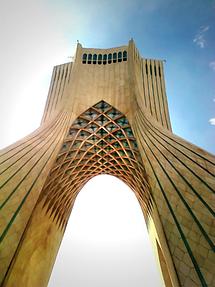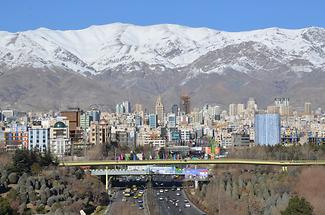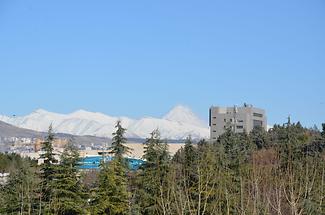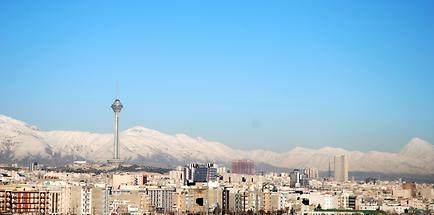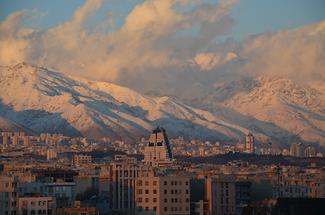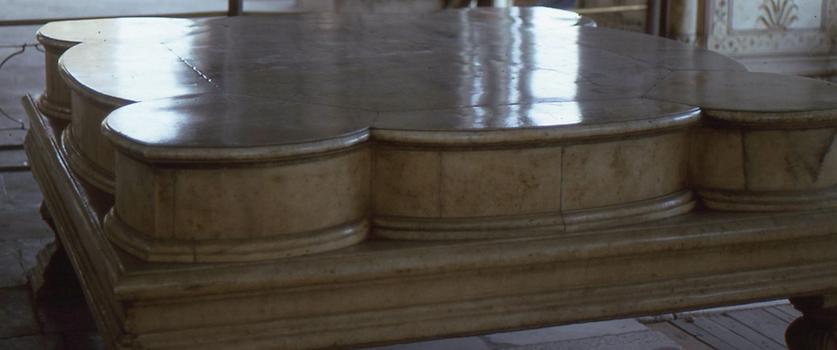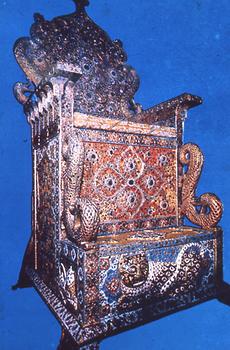Impression of Iran, Part 5 (Tehran)#
by H. MaurerIntroduction#
Tehran, capital of Iran, home for 9 and 16 million people (depending on the metropolitan area included) is one the largest metropolitan areas in the middle East.
Part of the present-day city of Tehran was occupied by a Median city. The Medes settled in this area around 1.000 BC. Thus, Tehran can in a sense look back at a history of at least 3.000 years. However, up until the 1870s, Tehran consisted of a walled citadel, a roofed bazaar, and a town where the majority of the population resided in the three major groups.
From the 1920s to 1930s, the city was essentially rebuilt from scratch, under the rule of Reza Shah Pahlavi. Reza Shah believed that ancient buildings such as large parts of the Golestan Palace, Tekye Dowlat, the Toopkhane Square, the city fortifications and the old citadel among others, should not be part of a modern city. They were systematically demolished, and modern buildings in the pre-Islamic Iranian style, such as the National Bank, the Police Headquarters, the Telegraph Office and the Military Academy were built in their place. The Grand Bazaar of Tehran was divided in half and many historic buildings were demolished in order to build wide straight avenues in the capital.
The establishment of a planning organization of Iran in 1948 failed to slow the unbalanced growth of Tehran, but with the 1962 land reforms that Mohammad Reza Shah Pahlavi called the "White Revolution", Tehran's chaotic growth was further accentuated. The first comprehensive plan of Tehran was approved in 1968. However the whole did not come to fruition because of the 1979 Revolution and the subsequent Iran–Iraq War.
Tehran's most famous landmark, the Azadi Tower, was built by the order of the Shah in 1971. It was designed by Hossein Amanat, an architect who won a competition to design the monument, using Sassanid and Achaemenid elements. Formerly known as the Shahyad Tower, it was built in commemoration of the 2,500-year celebration of the Persian Empire. (See next page)
Throughout the 1960s and 1970s, Tehran was rapidly developing under the reign of Mohammad Reza Pahlavi. Modern buildings altered the face of Tehran and ambitious projects were envisioned for the following decades. The majority of these projects, such as the Milad Tower, were continued after the 1979 Revolution when Tehran's urbanization had reached its peak, and the new government started many other new projects.
The 435-meter-high Milad Tower was completed in 2007, and has become a landmark of the city of Tehran (see next-but-one page) . The 270-meter pedestrian overpass of Tabiat Bridge is another landmark of the city.
The following eight pictures have been kindly made available by Ernest Geyer 2016/2017#
Other impressions of Tehran as Part 5 of Impressions of Iran, February 2017#
The carpet museum#
Persian (Iranian) carpets are know for their beauty and quality. Thus, it is not surprising that a museum is dedicated to them. In what follows there are just a few glimpses of some that really do not do justice to their real beauty.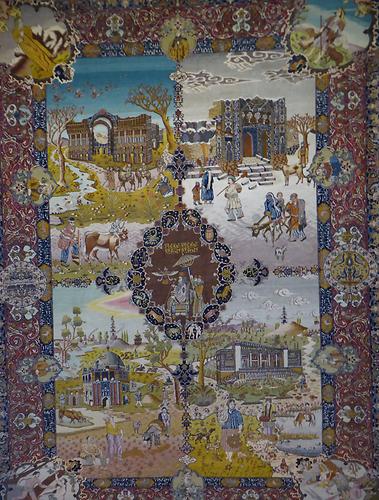


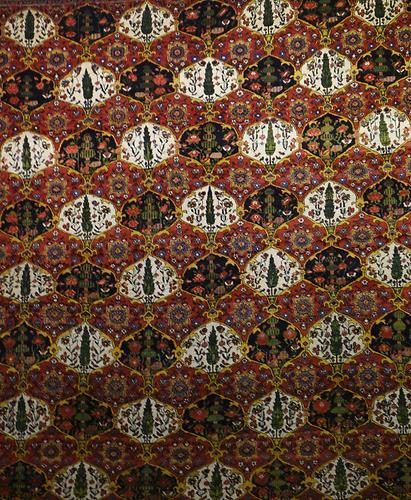


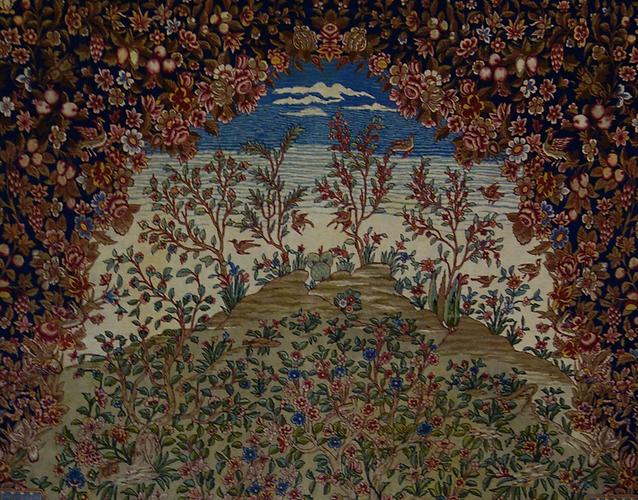


Palace area#
The palace of the former Shah (who was forced to leave Iran in 1979) is quite impressive an worht seing, yet fotos are not alowed inside, so just a few from the outside area are shown below.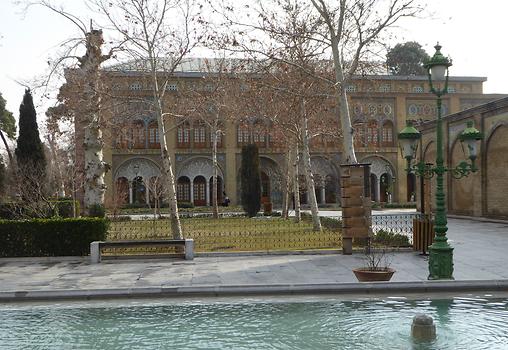
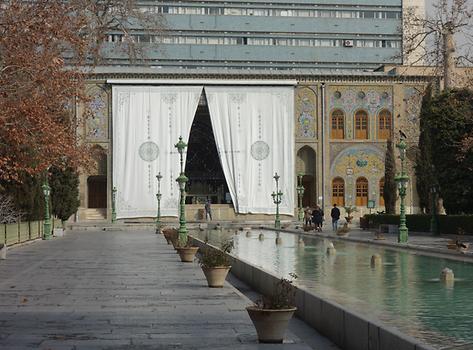
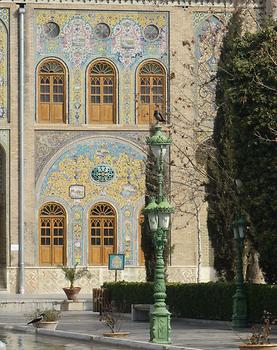
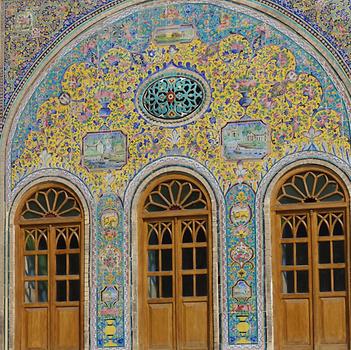

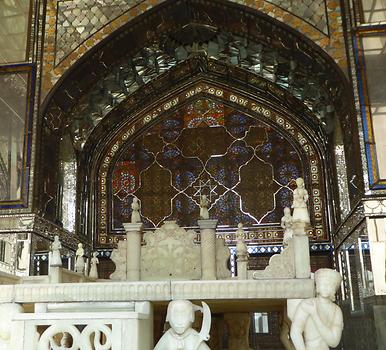

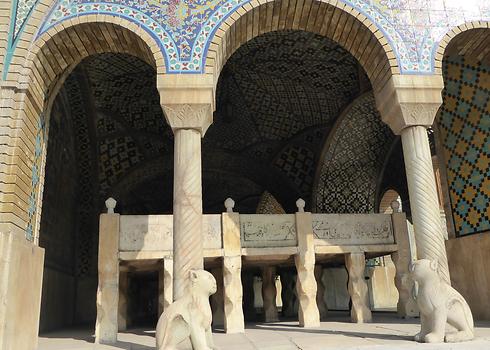
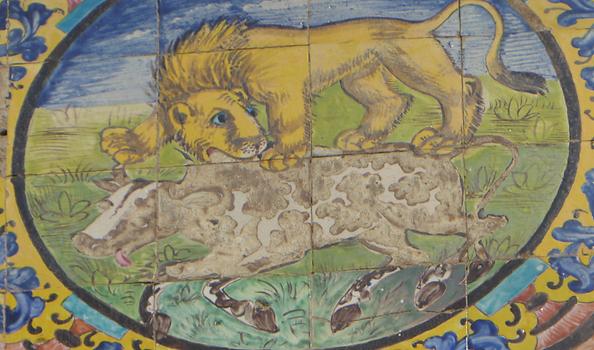
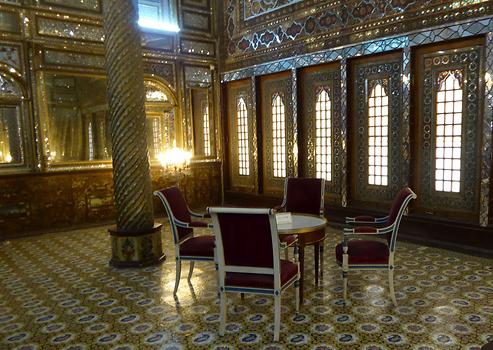
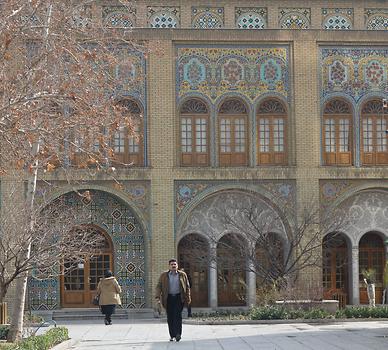
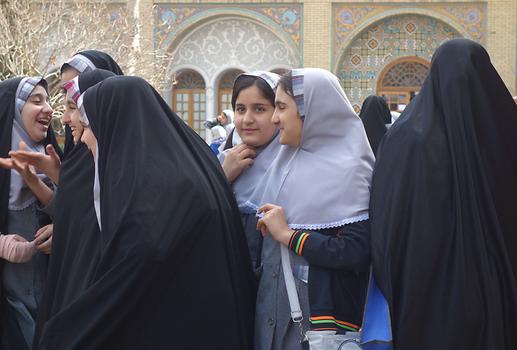

Azadi Tower#
Tehran's most famous landmark, the Azadi Tower, was built by the order of the Shah in 1971. It was designed by Hossein Amanat, an architect who won a competition to design the monument, using Sassanid and Achaemenid elements. Formerly known as the Shahyad Tower, it was built in commemoration of the 2,500-year celebration of the Persian Empire. There is a nice museum underneath the Azadi tower.The then ruling Shah did all to impress foreign visitors, by even re-routing the highway from the airport to the city so that it would pass the monument.
His extravagant lifestyle certainly contributed to the Islamic revolution in 1979. One example may suffice: The main celebration of 2.500 years of the pesona emprie took place in Persepolis, an indeed fitting place. Not so fitting was the fact that rather serving excellent Iranian food top international food was flown in from Paris for the occasion!

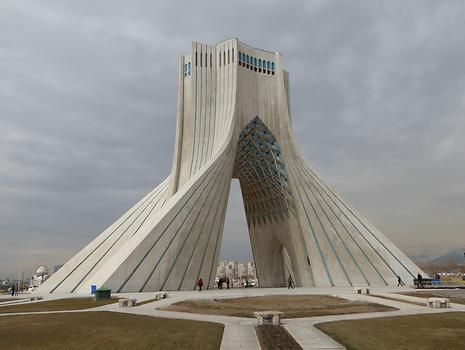

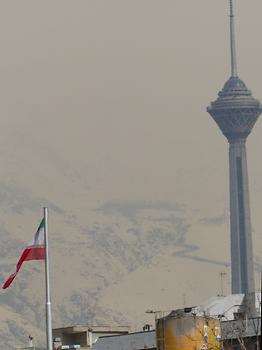
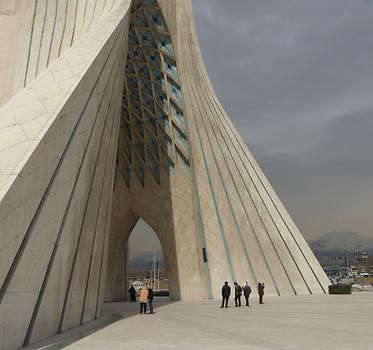
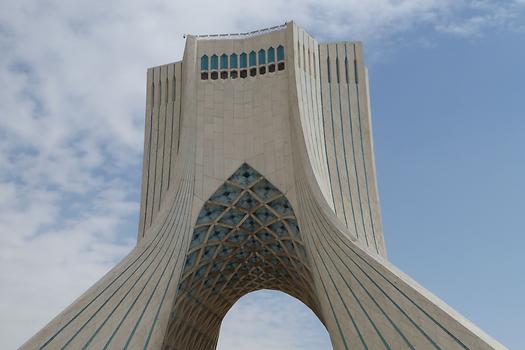
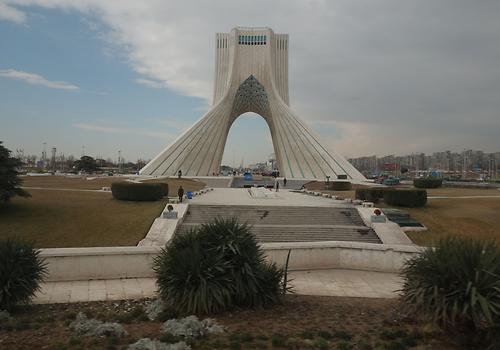
Other pictures#
Many attractions in Tehran are, sofar, off limits for fotography. One is the impressive collection of crown jewels that visitors should not miss. It contains a replica of the famous peacock throne, a gold plated throne with reportedly 26.733 jewels. It was used by the Mughal emperors of India. The original throne was taken as a war trophy in 1739 by the Persian ruler Nader Shah, and has been lost ever since. A replica was built (possibly including parts of the original) and is on display in the National Jewelry Museum in Tehran.
An other big atrraction one where one can take fotos is the National Museum, yet all exhibits are in glass cases making it close to impossible to get good pictures without reflections. It also amusing that tourists unsually see only one side of Tehran, the older cultural one. But never see the excellent metro system, the museum of modern arts that combines unusual architecture with nice exhibits, or some of the modern research etablishments, beautiful parks and, in particular, the impressive surroundings, like gondolas not far from the city going up to an altitude close to 4.000 m to excellent skiing areas, making them probably the highest in the world!
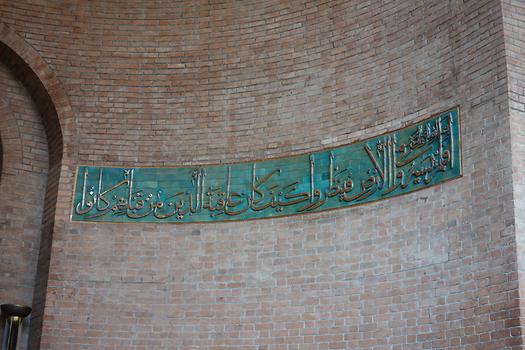

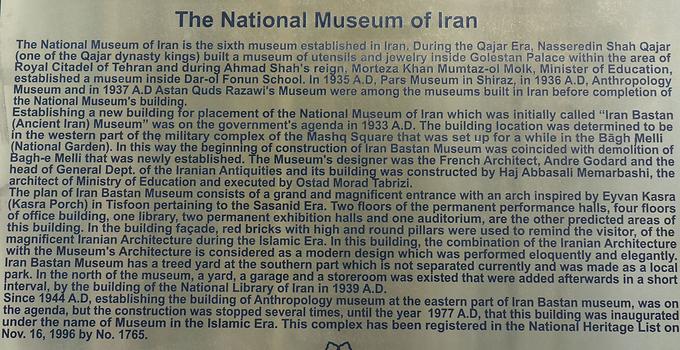
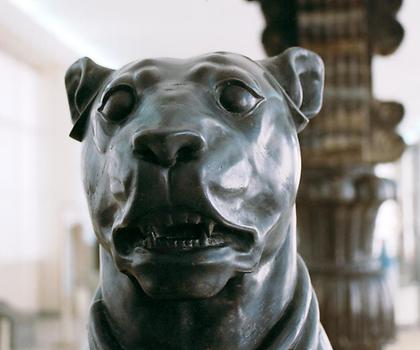
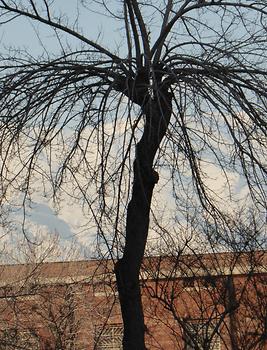
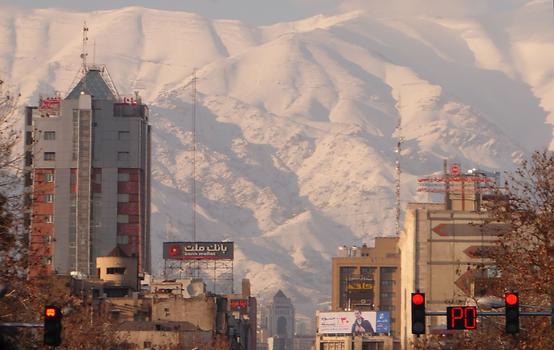
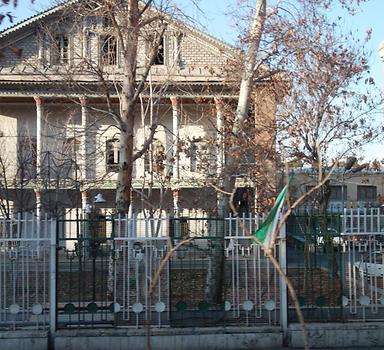
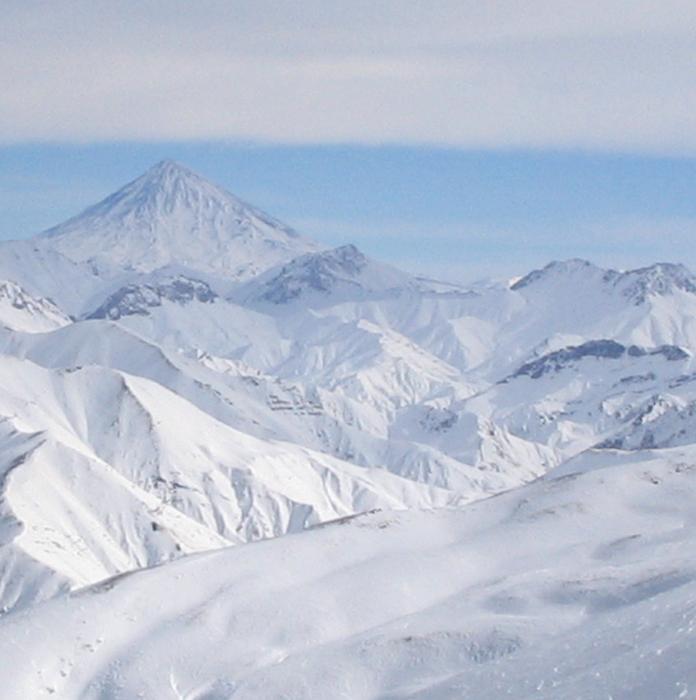
Khomeini Mausoleum#
Ayatollah Ruhollah Khomeini was one of the leaders of the revolution and founder of the Islamic Republic in 1979. After his death in 1989 a huge mausoleum complex with golden cupolas was built, and is usually visited on the way to the airport.Our visit coincided with a big celebration: After the first menstruation girls go through this ceremony and from now on have to follow the strict rules of Shiite islam, including 5 prayers a day.
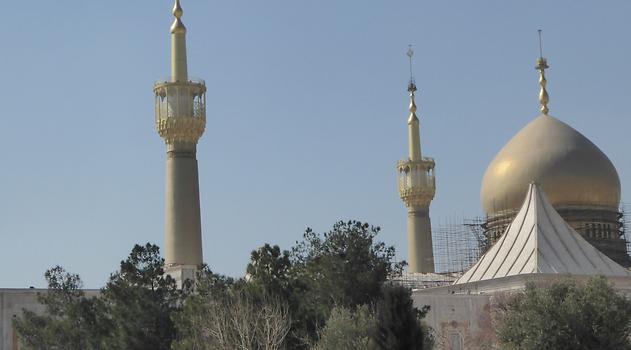

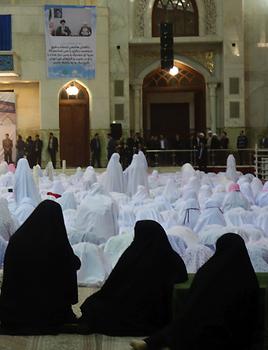
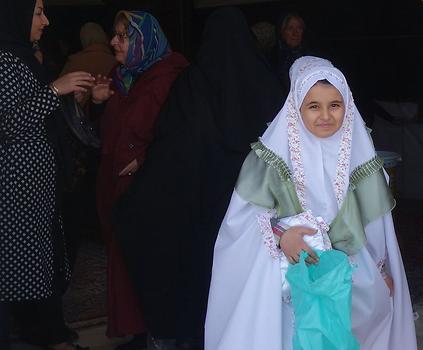
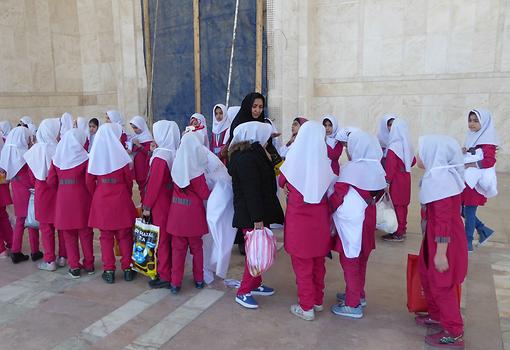
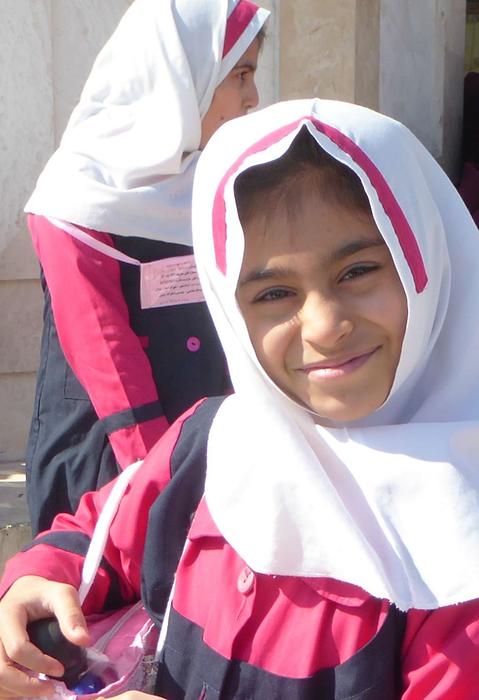
- Back to Impressions of Iran, Part 1(Schiras and vicinity)
- Back to Impressions of Iran, Part 2(Yazd and Nain)
- Back to Impressions of Iran, Part 3 (Isfahan)
- Back to Impressions of Iran, Part 4 (From Isfahan to Tehran)
- DamavandDer höchste Berg IransKarl Gratzl et al.Weishaupt VerlagGnas2001
